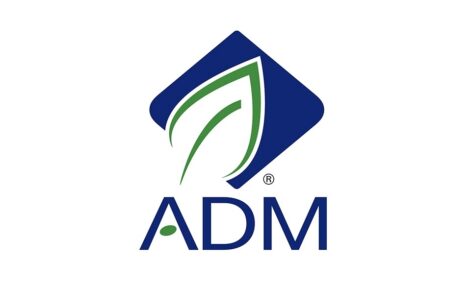



HarrisVaccines Receives USDA Conditional License For Avian Influenza Vaccine, RNA
US - Iowa-based vaccine producer, Harrisvaccines, today announced it has been granted United States Department of Agriculture (USDA) conditional licensure of the company’s Avian Influenza Vaccine, RNA. This is the first conditional license for highly pathogenic avian influenza (HPAI) granted since the outbreak began in spring 2015.This is also the first USDA conditional license granted for an avian influenza vaccine utilizing the rapid response, SirraVax SM platform technology. This technology allows for the vaccine to be easily updated to match current and future strains of avian influenza.
This is an important first step in implementing a vaccine strategy by the USDA. Initially, however, producers will have to wait for USDA authorization before acquiring the vaccine. The USDA has called for a solicitation to create a vaccine stockpile for H5 avian influenza for the fall; Harrisvaccines is currently pursuing this opportunity.
“The creation, testing, and regulatory approval of the vaccine was a real joint effort by the USDA’s Agriculture Research Service, the Center for Veterinary Biologics, and Harrisvaccines,” said Dr. Mark Mogler, Head of Research and Development at Harrisvaccines. “The ARS’ Southeast Poultry Research Laboratory provided both the gene needed to prepare the vaccine at Harrisvaccines and the proper facilities for efficacy testing in chickens.”
“The threat posed by avian influenza is extraordinary to both producers and consumers,” said Dr. Hank Harris, Founder and CEO of Harrisvaccines. “Getting a vaccine in the field that matches 100 percent to the H5N2 strain is crucial to ongoing containment efforts. This vaccine is also compatible with diagnostic tests that can differentiate infected from vaccinated birds (DIVA). This makes our vaccine an important tool for eradication efforts and may alleviate any concerns with trading partners abroad.”
“USDA testing of our avian influenza vaccine provided both the efficacy and safety data necessary for approval by the USDA Center for Veterinary Biologics,” said Jodi French, Head of Manufacturing and USDA Liaison for Harrisvaccines. “Further efficacy and potency studies in chickens and turkeys are ongoing.”
“When H5 was confirmed in the spring of this year, our team immediately applied our rapid response technology to bring a solution to Iowa and Midwest poultry and egg producers,” says Joel Harris, Vice President of Harrisvaccines. “Although we cannot sell the vaccine today, we are in a better position to apply this robust and rapidly produced vaccine, if and when the virus reemerges once again.”
Avian influenza is a fast-moving, highly contagious disease that has devastated producers across the nation this year. To date, nearly 50 million chickens and turkeys have been lost to this virus. In Iowa alone, avian influenza has impacted 31 million birds. The impact is staggering, and on May 1, 2015, Iowa Governor Terry Branstad declared a state of emergency in Iowa due to the outbreak. Egg prices since the outbreak have skyrocketed nearly 200 percent and producers struggle to repopulate as reemergence looms. Reports estimate a more than $2.5 billion decrease in output and an impact on more than 15,000 jobs nationwide.
"I am encouraged to see a new and promising vaccine receive USDA licensure," said Dave Rettig, CEO of Rembrandt Enterprises. "The impact of avian influenza on the layer industry in Iowa has been devastating. We need to continue moving toward long-term solutions which include a vaccine strategy that can be mobilized quickly and tailored to the virus strains impacting our farms."
The USDA generally grants conditional licenses in order to meet an emergency or unmet need. A conditionally licensed product must show a reasonable expectation of efficacy, safety, and potency. Further efficacy and potency testing is ongoing. Harrisvaccines has received USDA licensure in the past using SirraVaxSM technology for: Porcine Epidemic Diarrhea Vaccine, RNA (June 2014), Swine Influenza Vaccine, RNA (September 2012), and Autogenous Vaccine, RNA for Rotavirus C (January 2013).








